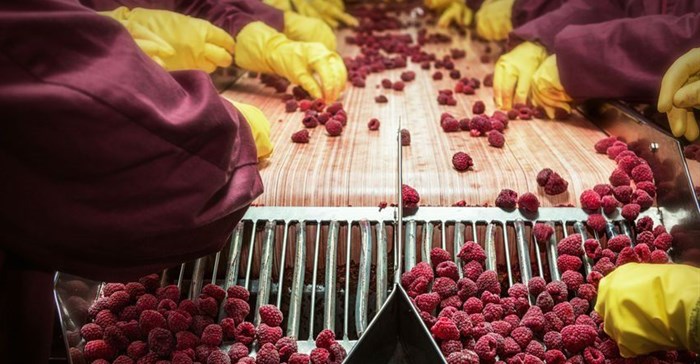How food manufacturers can ensure waste products are disposed of responsibly

The most recent measure was the introduction of the Compulsory Specification for Processed Meat Products, which came into effect in October 2019. Unless the proper procedures are followed, the danger to producers, and consumers, is that the threat of contamination remains ever-present.
The correct disposal of food waste
Central to these guidelines is the implementation of processes that comply with Hazard Analysis and Critical Control Point (HACCP) System and Guidelines.
The guidelines suggest that suitable provision be made for food waste to be removed and stored away from food handling, storage and other working areas. All food waste, by-products and dangerous substances must be placed in containers that are clearly identifiable, suitably constructed and made of impervious material.
Food manufacturers should also provide adequate drainage and waste disposal systems to avoid the risk of contaminating food or the potable water supply.
“A critical consideration in this process is the correct disposal of food waste,” says Johan van den Berg, MD of Averda South Africa.
“Considering that an estimated 10 million tonnes of food waste is generated by South Africa’s food manufacturing industry every year, it’s easy to grasp the magnitude of the possible threat to the health of communities.”
While the deadly listeriosis outbreak was not due to neglect in the waste process, it did pose a considerable and protracted threat if food from the contaminated factories was not handled correctly.
Handling food waste
Averda transported, treated and disposed thousands of tonnes of food from the affected manufacturing facilities. The extreme danger posed by the contaminated food – real or suspected – was considered hazardous to the public.
Measures to prevent further contamination after disposal included loading and transporting materials, escorted by a security detail, to Averda’s Vlakfontein Class A Landfill site near Vereeniging. Where necessary, food material amounting to some 10 tonnes per day was first incinerated in Klerksdorp before being taken to the Vlakfontein facility.
There, the materials were placed in a specially-designed trench that was covered with a high salt-content brine and lime mixture. This was then covered to prevent further contamination or disturbance by wildlife that may have tried to feed off the discarded materials.
“Although we were contracted to transport, treat and dispose of these materials, food manufacturers remain solely responsible for ensuring that all food waste, not only contaminated waste, is handled correctly,” Van den Berg says.
“This ‘cradle to the grave’ principle is central to the provisions of the Waste Management Act. This means that the food manufacturing industry has a very strong duty of care to ensure they do not contaminate the environment – which is something that has been driven home in the aftermath of the listeriosis epidemic.”
The measures they need to take and the expected standards they need to meet are outlined by the globally accepted HACCP standards. This system helps them to assess hazards and put in place control systems throughout the manufacturing process.
This covers everything from the hygiene of facilities to temperature, air quality control and lighting conditions, as well as storage and waste disposal. Van den Berg says food manufacturers have subsequently introduced new technologies and processes to avert the level of contamination seen in 2017/2018.
“This includes the use of more secure storage of waste and a greater emphasis on their duty of care. No longer do they simply acknowledge that they need to dispose of these materials, but they insist on knowing where and how that has been taken care of.
“Food manufacturers may not physically handle the entire process, but they do need the assurance that they can confidently report that it has been done to the highest standards.”









































